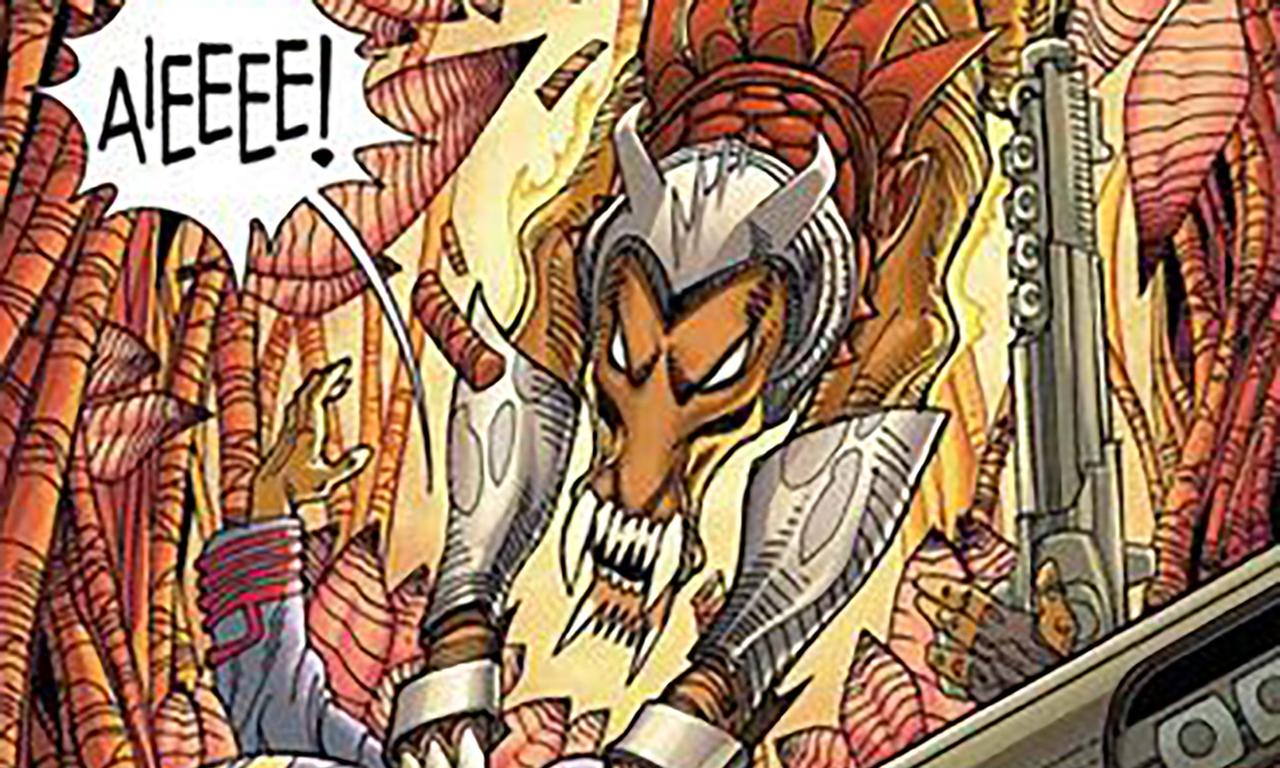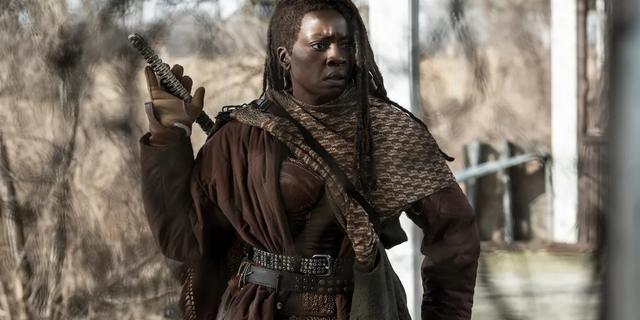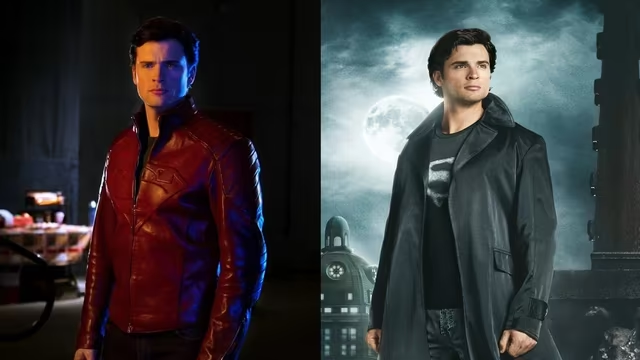If you click on a link and make a purchase we may receive a small commission. Read our editorial policy.
How Walter Simonson’s Thor run made the Marvel character a worldwide hit
Writer/artist Walter Simonson talks about how his four years on Marvel’s Thor back in the '80s put the character on the map

2022 is the 60th anniversary of Marvel’s Thor, a comic character whose profile has been lifted thanks to the God of Thunder’s appearance in a number of high-profile Marvel movies over the past decade.
But it was the success of writer/artist Walter Simonson’s run which began with the iconic Thor #337 back in 1983 which brought the character back to readers’ attention.

In 1983 Simonson was not the veteran creator that we know him as now, but a young turk whose writing experience up to taking over Thor consisted of a few issues of Marvel’s Battlestar Galactica comic and the company’s adaptation of Indiana Jones and the Raiders of the Lost Ark with Harrison Ford. Simonson admitted that getting to adapt the future hit movie Raiders of the Lost Ark gave him the confidence to feel he could take on writing and drawing Marvel’s Norse god and Avenger. His approach to the title was a fairly simple one, he recalls.
"The first thought I had was I wanted to tell a story that felt like it had not been told before at least to begin with. I had done Thor with Len Wein back in the 'seventies'70s for a year in 1977 and 1978. A lot of us felt that we would take the existing pieces of the Marvel Universe of which there were many and play with them, essentially shake them up, roll the dice, roll the chips and there were hundreds of chips. But you weren’t really going outside a proscribed area of ideas."
"When I began doing Thor in 1983, by that time royalties had come in and there was no guarantee you were going to get royalties. But it did mean that if a book did better, you had a vested interest in doing the best-selling book that you could do and that was a big difference," Simonson reveals. "I had already done a year’s worth of Stan Lee/ Jack Kirby stuff. I had read all the comics and at this point there was about 20 years of continuity at the time which seemed long enough to me at the time. Now of course it’s much longer. So I thought ‘Nobody’s picked up the hammer.’ Loki did pick it up once in one of the Lee/Kirby issues but I always regarded that as a mistake and just something to be ignored."
"So I wanted to create a character from the ground up who could pick up the hammer. My feeling was that after 40 years no one in the Marvel universe had picked it up then nobody really could. Hulk had tried and failed," says Simonson. "I don’t know if anybody else had ever tried but I just thought that meant nobody really could. I realise that by doing that story I was opening up a can of worms because everybody who wanted their character to be respected would go: ‘Oh my guy can pick it up! Anybody can pick it up.’ But my concern was not what other writers are going to do in my wake, my concern is to do the best story I can at the time. So I invented Beta Ray Bill from the ground up as a character to pick up Thor’s hammer and be able to use it, to be able to wield it. That was one of the beginnings of my early ideas for the storyline.”
Things to come in Walter Simonson's Thor

The genesis of what would become the overriding arc of his run came when he was younger, he informed us.
“ When I was a big Marvel reader which was mid '60s and in college I didn’t think at the time that I would write and draw comic books. I just liked them and I read the Marvels, eventually spreading out to read the DCs and underground comics, basically whatever I could find," says Simonson. "But I came up with a story idea which was partly based on Marvel’s mythology, on my own ideas, and also based partly on Norse mythology which involves Surtur and a giant sword."
At the time there was something called the Odinsword which was part of the Marvel mythology around issue 300. It wasn’t a carefully worked out bunch of stories but it was an idea that I did a fair amount of work on so when Mark Gruenwald gave me Thor to write and draw he told me essentially that I had carte blanche to do whatever I wanted to do with it," Simonson says. "I never had that offer again but I have to say it paid off pretty well for that book. I thought I could go back to this idea I had 14 years earlier and see if I could make something out of that, so the whole Surtur Saga really grew out of ideas that I’d had many years earlier.”
The creator did say that some things were created specifically for the new run on the book.
“I invented Malekith the Accursed for the storylines I was doing in 1983 and 1984. There were other stories where I completely invented things like Beta Ray Bill but in order for him to work, I tied him into the longer Surtur Saga. And that’s really where my initial ideas came from for the beginning of my run on that book.”
Simonson had total free rein to do what he wanted with the book, he remembers.
So when I got on Thor it was not with an expectation that I would be getting off the book in three and a half years. It was just: here’s the book, run with it. I had latitude from the beginning. [Editor] Mark Gruenwald and I had talked about Thor before but I don’t remember it for sure. You were in the office and the guys you hung out with were the editors and other freelancers.It was kind of a social set. Now I don’t know because the offices have moved and changed and of course COVID has changed everything and I don’t know if this happens anymore.”
Making an impact
Thor was a book which historically did okay for Marvel, but never set the world alight... that is until Simonson came on board. He was very surprised at the time of its success and he recounts a story that reflected his just after #337 hit the stands:
“I was stunned! I remember walking into Supersnipe which was a store owned by Ed Summer over on the upper West Side [of New York City]. It was one of the first comic shops in New York (or it was certainly the first that I knew about), and I went in the store to buy a few extra copies of 337 just for my files, just a few extra copies and they told me it was sold out, so I remember going ‘It’s what?’" says Simonson. "‘It’s sold out’ and I went ‘what?’ at the time. So I said ‘Okay’ and I then discovered it was sold out everywhere which was very gratifying but was quite a surprise.”
Taking chances
During his run, Simonson took a number of chances and one of the most memorable stories as part of his entire run was a three-issue story where he turned Thor into a frog. The creator tells us the origins of this unusual arc.
“When I write a book I usually write notes down. I’ll drive around or I’ll be home doing something else and I’ll think ‘Oh this’ll be kind of a cool story with that character.' I’ll write some notes because I have learned the hard way that if I don’t write it down I don’t remember it a day later. I may not remember it three hours later."
"And in a book like Thor which goes on for so long or long for me I found that by the time I got off that book I had more notes and more ideas than I ever actually told in the comic. I’ve got files of those ideas tucked away," says Simonson. "I’ve used a few of them for Ragnarok and some of them are pretty specific to the Marvel universe but I have some. Some of the ideas I write down are paragraphs long, full stories, while some of them are just a sentence and somewhere in my idea file I have a sentence: tip of the hat to Carl Barks."
Carl Backs, being the creator of Uncle Scrooge and the cartoonist behind Donald Duck for decades.
"But I’m a big Carl Barks fan: Donald Duck, Uncle Scrooge, all that stuff I read as a kid in the fifties. I loved them and I still love them. He was one of the best writers and artists in comics and they’re just brilliant. They’re also lovely because they can be read by kids and also adults. So I thought I would do a tip of the hat to Carl even though I never met him. But I wasn’t sure what to do and I do not remember where this idea came from where I reached a point in my storyline where I suddenly thought: ‘I could do something here in the Carl Barks line.'"
"I could do something that was going to make sense and be a tip of the hat to Barks. But there is Loki and he does a lot of changing of things and magic stuff in the book. Initially I had thought about turning Thor into a duck but Marvel already had a duck in Howard The Duck and there’s also Donald Duck, there’s also Daffy Duck. There are famous ducks so I thought ‘Nah.’”
A fairytale solution

The solution came to him once he had thought it thtrough a little further.
“Also in Norse mythology, there are a lot of European fairytales where the handsome prince gets changed into a frog like the Princess and The Frog. There are versions of that floating around and so I thought: ‘Oh a frog would work’ and there’s a Carl Barks story about a frog named Catapult, one of the Donald Duck stories. Donald and the nephews found him in the cold freezing fog and they brought him in and in the end he became the greatest hero that Duckburg had ever seen. It’s a brilliant story," says Simonson. "So I worked out the story. I didn’t get any flak for it even I do get asked that every now and then and the answer is no.”
In 2022, Walt Simonson returned briefly to write and draw Beta Ray Bill, a character he created in his Thor run back in the 1'0s, for a short story which appeared in Thor #750. The creator enjoyed the opportunity to return to his unlikely alien saviour one more time, he reveals.
“It was a lot of fun to go back and write and draw that guy again. It was only eight or 10 pages and I came up with some idea for a story but it just wasn’t working out as it just didn’t fit with some of the stuff they’d done with Bill since so I decided to go back to the origin which is before anybody else’s time on the character so I wouldn’t have to worry about the continuity so much."

Consulting copies of Michael Avon Oeming and Andrea DiVito's Saga of Beta Ray Bill from the early '00s, Simonson read of nuances added to the character since he originally created him - including talk of his home planet, and a conflict between the military and the religious leaders there. Simonson found that interesting, so off he went.
"I built some of that conflict into my story of Bill’s origin, which if I’d written his origin 40 years ago, it wouldn’t have been there because it didn’t exist. It was a back story that was created after me. I got to do Bill’s first meeting with Skuttlebutt which was kind of cool. I didn’t get to draw him as Beta Ray Thor here because he had the armour on that he wore in his very first appearance and then for those first two or three issues before I got rid of it. So I had to go back and look that stuff up. So I kept thinking: ‘why is this stuff so complicated? Why did I put all this crap in the armor I have to draw now.’ But that’s kind of what I do so I had to do it again.”
Simonson took a middling Marvel character and made him a huge industry hit. It is unlikely we would have seen him in the Marvel movies if Simonson hadn’t helmed his popular and imfluential run on the book. Almost 40 years later, the repercussions of Walter Simonson’s Thor are still being felt.
Hungry for more? Read our recommended best Thor comics ever (Yes, Simonson's work is prevalent in our list).
Follow Popverse for upcoming event coverage and news
Find out how we conduct our review by reading our review policy
Let Popverse be your tour guide through the wilderness of pop culture
Sign in and let us help you find your new favorite thing.
















Comments
Want to join the discussion? Please activate your account first.
Visit Reedpop ID if you need to resend the confirmation email.